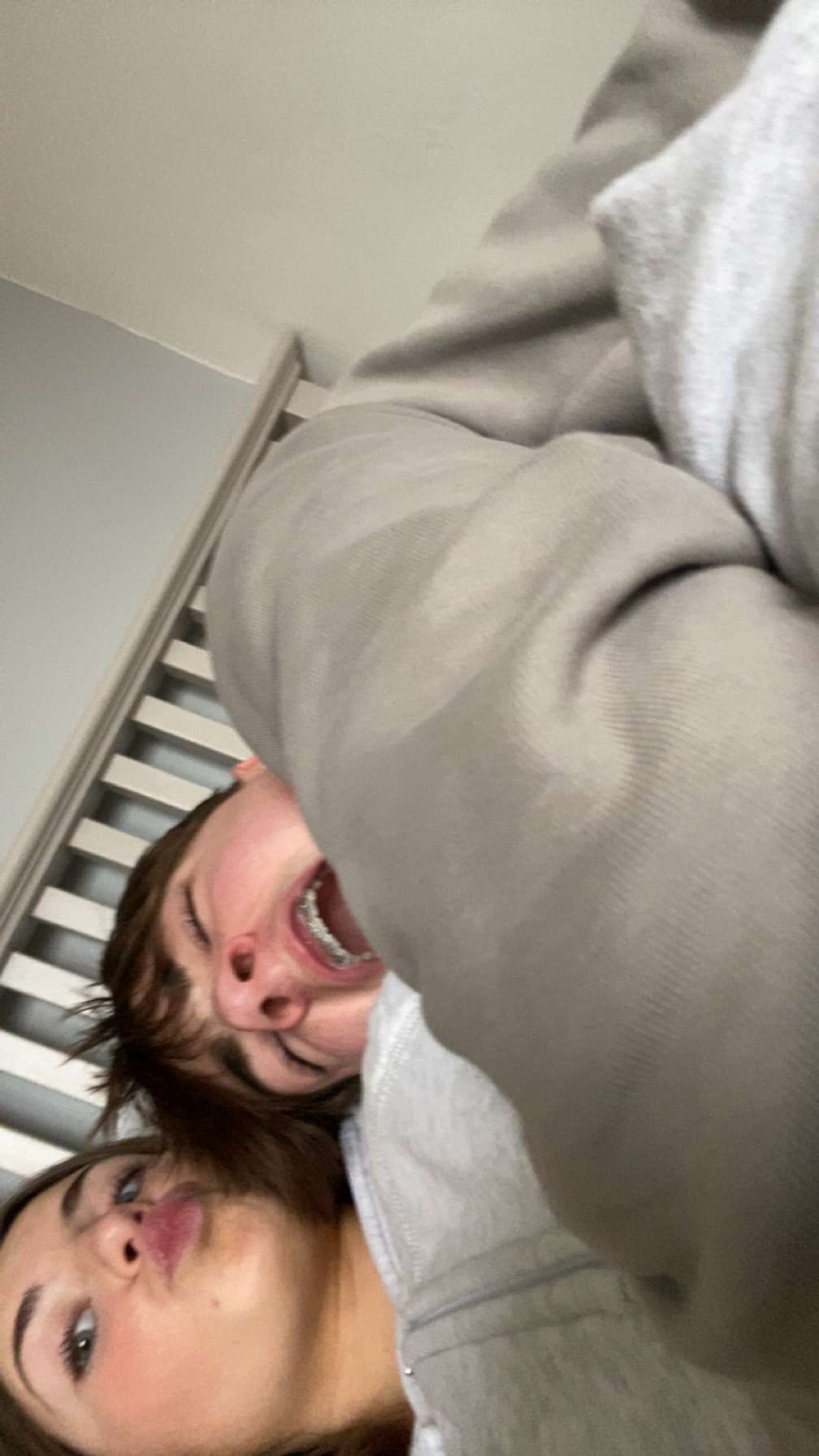Paper 1: Glaciation
Cards (49)
- What is an ice age?
- How many ice ages have there been in the last 450,000 years?
- What is the average time span between ice ages?
- What was the extent of the ice sheet in the UK around 25,000 years ago?
- Which regions of England were not covered in ice?
- What is a glacier?
- How do glaciers form?
- What are the two main ways glaciers move?
- What is basal sliding?
- What is rotational slip?
- What are the key glacial processes?
- What is freeze-thaw weathering?
- What is plucking in glacial erosion?
- What is abrasion in glacial erosion?
- What is bulldozing in glacial transportation?
- What is glacial till?
- What is outwash in glacial deposition?
- What are the two types of glacial erosion?
- What is the difference between sorted and unsorted eroded rock from glacial deposition?
- Why is smaller material found further away from the front of a glacier during outwash?
- What are the characteristics of a corrie, pyramidal peak, and arete?
- How does a corrie form?
- What are the characteristics of a glacial trough and ribbon lake?
- How does a glacial trough form?
- How does a ribbon lake form?
- What do glacial troughs and ribbon lakes look like on an OS map?
- What are the key processes involved in glaciation?
- What causes a glacier to slip down a hill?
- What is the process of abrasion in glacial movement?
- What happens to a glacier after glaciation?
- What is formed when a glacier melts and infiltrates softer rock?
- What are the three essential components to effectively answer a formation question?
- What map evidence shows that Grisedale glacial trough has a flat bottom?
- What are the features of glacial erosion?
- How do glaciers move?
- What are the types of moraine?
- How are lateral moraines formed?
- How are medial moraines formed?
- How are terminal moraines formed?
- What are drumlins?
